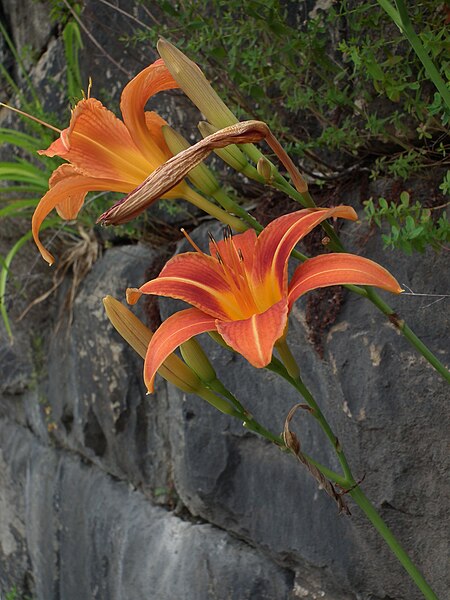
Chicory is almost always blue, but like many blue flowers it can sometimes appear in a pink or white form. This pure-white Chicory was growing in a cemetery in Etna.
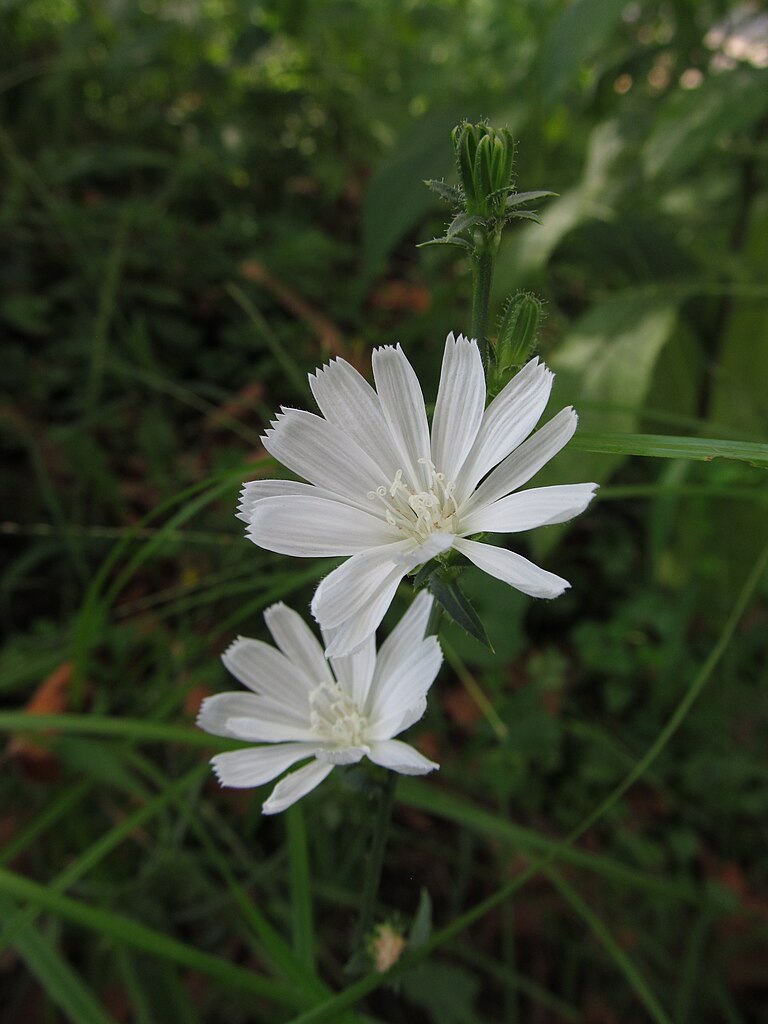
For a fuller description, see the Cichorium intybus reference page.

Chicory is almost always blue, but like many blue flowers it can sometimes appear in a pink or white form. This pure-white Chicory was growing in a cemetery in Etna.

For a fuller description, see the Cichorium intybus reference page.

Also known by the much more poetical name “Blue Sailors,” but we must admit we have never heard that name used in Pittsburgh. Chicory is everywhere along the roadside and in vacant lots; this plant was blooming by the side of Saw Mill Run Boulevard not far from the Liberty Tunnels.
For a fuller description, see the Cichorium intybus reference page.
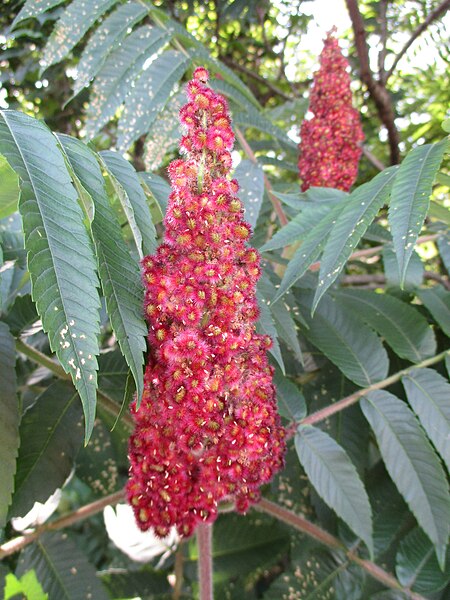
These striking seed clusters follow greenish flowers that most of us ignore. These trees grew along Chartiers Creek in Heidelberg, where they were photographed July 6.
For a fuller description see the Rhus typhina reference page.
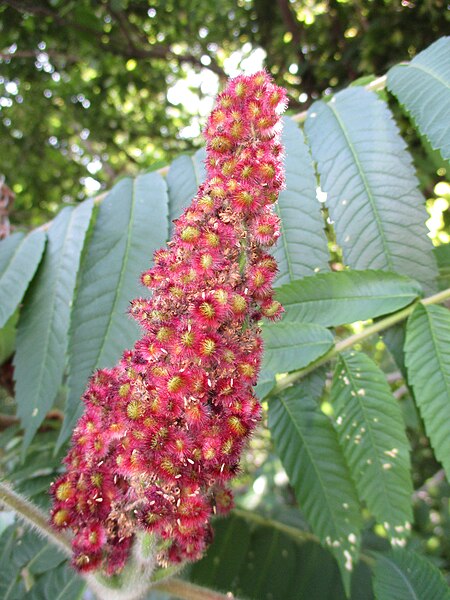
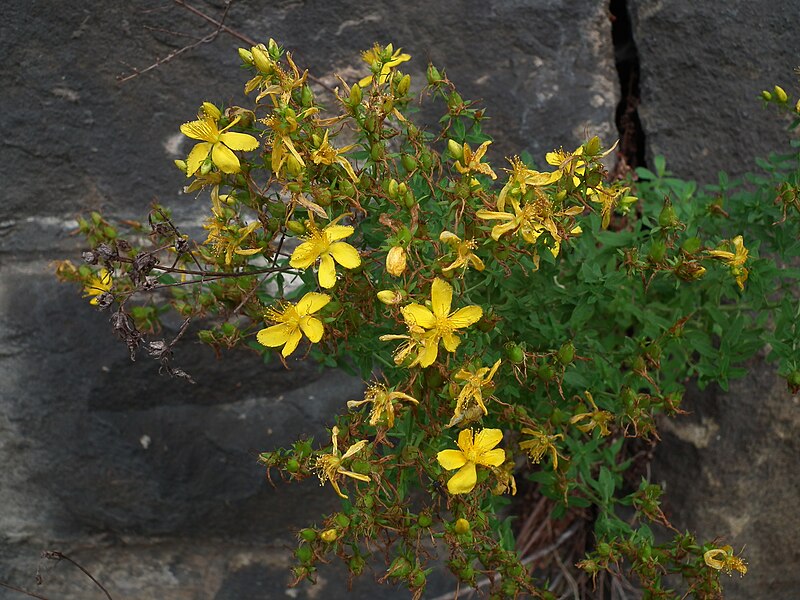
A cheerful yellow flower that pops up in vacant lots and poor soil; here it was growing between the stones of the railroad viaduct that runs along the back of the South Side. As an herbal remedy for depression, St.-John’s-Wort seems to be one of the few herbal remedies actually supported by good science; unfortunately, the unregulated state of herbal medicines in the United States means that pills labeled “St.-John’s-Wort” may not contain the amount indicated on the label, or any at all.
For a fuller description and more pictures, see the Hypericum perforatum reference page.


We see daylilies everywhere, in gardens and in the wild. But we seldom see them growing out of a stone wall. These plants live between the stones of the railroad viaduct that runs along the back of the South Side, where they were photographed June 20.

For a fuller description of the species, see the Hemerocallis fulva reference page.
